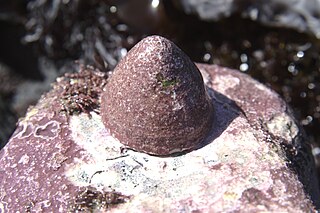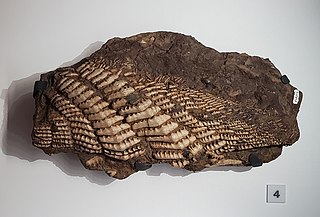
Dermacentor variabilis, also known as the American dog tick or wood tick, is a species of tick that is known to carry bacteria responsible for several diseases in humans, including Rocky Mountain spotted fever and tularemia. It is one of the best-known hard ticks. Diseases are spread when it sucks blood from the host. It may take several days for the host to experience symptoms.

Quercus variabilis, the Chinese cork oak, is a species of oak in the section Quercus sect. Cerris, native to a wide area of eastern Asia in southern, central, and eastern China, Taiwan, Japan, and Korea.

Sceloporus variabilis, commonly known as the rose-bellied lizard, is a species of lizard which is found from Central America to southern Texas

Bembix is a large cosmopolitan genus of large, often brightly colored predatory sand wasps, consisting of about 380 species.

Ghatixalus variabilis is a species of frog in the family Rhacophoridae. It is endemic to the Western Ghats of southern India. It has a number of common names, including green tree frog, though it is terrestrial rather than arboreal in its life style.

The grey bunting is a species of bird in the family Emberizidae.

Acmaea is a genus of sea snails, specifically true limpets, marine gastropod mollusks in the family Acmaeidae, one of the families of true limpets.

Gap junction beta-3 protein (GJB3), also known as connexin 31 (Cx31) — is a protein that in humans is encoded by the GJB3 gene.

Gap junction beta-4 protein (GJB4), also known as connexin 30.3 (Cx30.3) — is a protein that in humans is encoded by the GJB4 gene.

Erythrokeratodermia variabilis is a rare autosomal dominant disorder that usually presents at birth or during the first year of life. To date, it is thought to be caused by mutations in genes encoding for connexin channels proteins in the epidermis, leading to the misregulation of homeostasis in keratinocytes.

Tricolia is a genus of sea snails, marine gastropod mollusks in the subfamily Tricoliinae of the family Phasianellidae.

Ranitomeya variabilis, formerly known as Dendrodates variabilis, is a species of small poison dart frog distributed in northern Peru, along the eastern slope of Anes in the upper Rio Huallaga drainage basin. Its common name, Zimmerman’s poison frog, is named after Elke Zimmermann, a German zoologist who described the morph of this species and differentiated it from D. Ventrimaculatus. The species was formerly considered to be synonymous with Ranitomeya ventrimaculata.
Anabaena variabilis is a species of filamentous cyanobacterium. This species of the genus Anabaena and the domain Eubacteria is capable of photosynthesis. This species is heterotrophic, meaning that it may grow without light in the presence of fructose. It also can convert atmospheric dinitrogen to ammonia via nitrogen fixation.

Apophysomyces variabilis is an emerging fungal pathogen that can cause serious and sometimes fatal infection in humans. This fungus is a soil-dwelling saprobe with tropical to subtropical distribution. It is a zygomycete that causes mucormycosis, an infection in humans brought about by fungi in the order Mucorales. Infectious cases have been reported globally in locations including the Americas, Southeast Asia, India, and Australia. Apophysomyces variabilis infections are not transmissible from person to person.

Pterolophia is a genus of longhorn beetles of the subfamily Lamiinae, containing the following species:

Solenosmilia variabilis is a species of colonial coral in the family Caryophylliidae. It is a deep water, azooxanthellate coral with a semi-cosmopolitan distribution.

Agassizodus is an extinct genus of eugeneodont holocephalan from the Carboniferous. It belongs to the family Helicoprionidae, which is sometimes called Agassizodontidae. Like other members of its family, it possessed a symphyseal tooth whorl, which was likely present at the tip of the lower jaw and associated with lateral crushing toothplates. The type species, A. variabilis, was originally named Lophodus variabilis until the name "Lophodus" was determined to be preoccupied.

Canis mosbachensis, sometimes known as the Mosbach wolf, is an extinct small wolf that once inhabited Eurasia from the Middle Pleistocene era to the Late Pleistocene. It is widely accepted as the ancestor of Canis lupus, the grey wolf.

Sebastes ciliatus, the dusky rockfish, is a species of marine ray-finned fish belonging to the subfamily Sebastinae, the rockfishes, part of the family Scorpaenidae. It is typically found in the North Pacific Ocean, specifically in the Bering Sea near British Columbia, in the Gulf of Alaska, and in the depths of the Aleutian Islands.
















